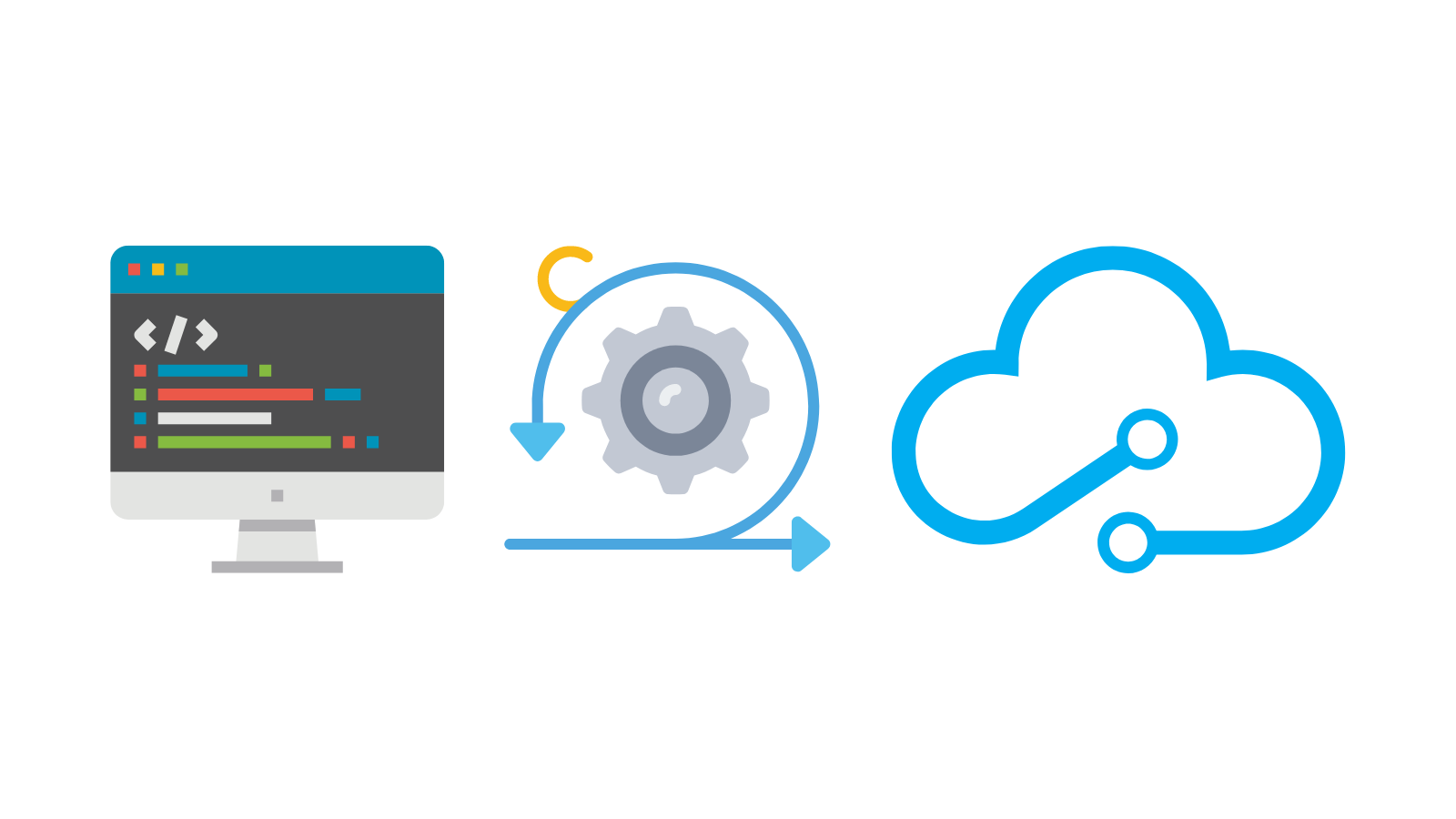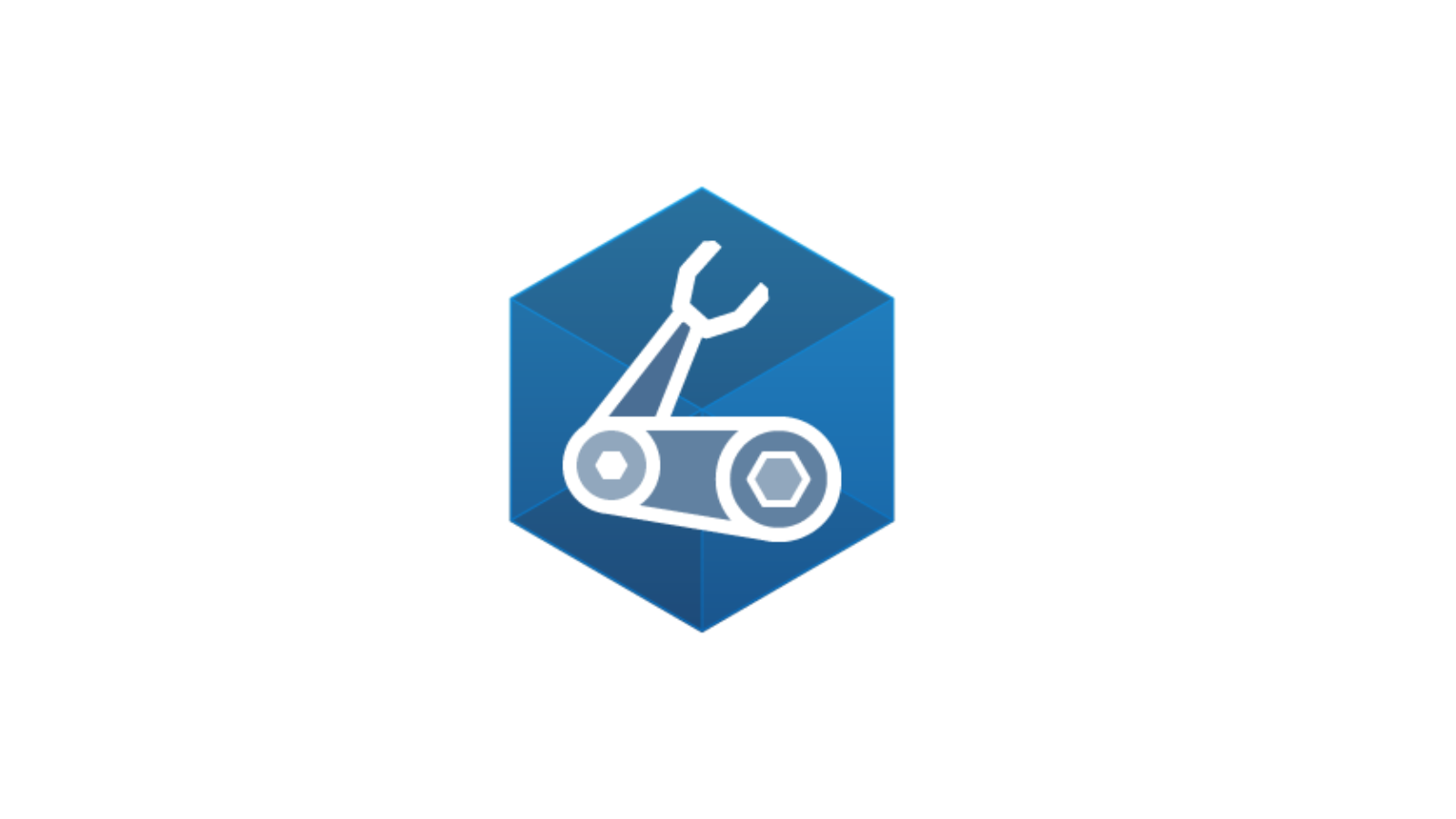How to implement CI/CD for IaC in practice? part 0: Introduction

TL;TR
How can we apply continuous integration/continuous delivery (CI/CD) to automate the process of testing and deploying infrastructure changes, reducing the risk of errors and downtime? First, we can use Infrastructure as Code (IaC), a practice in which infrastructure is managed and defined using code, allowing for easier collaboration, testing, and deployment. Second, Teams can use tools such as Azure DevOps to set up a CI/CD pipeline for IaC, including tasks such as linting, testing, and deployment. Microsoft Bicep is an open-source Domain Specific Language (DSL) for declaring Azure infrastructure as code, simplifying the process of defining and deploying Azure resources.
What is Infrastructure as Code?

Infrastructure as code (IaC) is a practice of managing, configuring, and defining infrastructure using code. This means that organizations can use code to automate these processes instead of manually setting up and configuring servers, networks, and other infrastructure components. The code used to define and configure the infrastructure can be stored in version control systems like Git, allowing it to be treated like any other software project.
One of the main benefits of IaC is that it allows for easier collaboration and testing of infrastructure changes. Because the infrastructure is defined in code, it can be reviewed, tested, and debugged similarly to software code. This makes it easier for teams to work together on infrastructure projects and to catch and fix any issues before they are deployed.
IaC also allows for greater visibility and traceability of infrastructure changes. By using code to define and manage infrastructure, organizations can more easily track and understand how their infrastructure is set up and how it has changed over time. This can be particularly useful in cases where multiple teams are responsible for different parts of the infrastructure, as it allows for better communication and coordination.
In addition to these benefits, IaC enables organizations to adopt a more agile and DevOps-oriented approach to infrastructure management. By automating the provisioning and management of infrastructure, organizations can deploy and scale applications more quickly and easily in response to changing business needs. This can help organizations to stay competitive in a rapidly changing market.
Bicep, a tool for the IaC Implementation

Microsoft Bicep is an open-source Domain Specific Language (DSL) that can implement infrastructure as code (IaC) for Azure resources. The bicep is designed to make it easier for developers to define and deploy Azure resources by providing a simple, declarative syntax that is easy to read and write.
Bicep files are written in a language similar to JSON and are used to define the infrastructure for an Azure environment. When a Bicep file is compiled, it is transformed into an Azure Resource Manager (ARM) template, which can then be deployed to Azure using tools like Azure CLI or Azure PowerShell.
One of the main benefits of using Bicep is that it simplifies the process of defining and deploying Azure resources. It also provides a way to manage Azure infrastructure as code, making it easier for teams to collaborate and maintain their infrastructure over time. By using Bicep, developers can more easily manage and deploy their Azure infrastructure, helping to ensure that it is always up-to-date and running smoothly.
CI/CD in the infrastructure domain.

Continuous integration/continuous delivery (CI/CD) is a software development practice that aims to automate the process of building, testing, and deploying code changes. In a CI/CD workflow, code changes are automatically built and tested every time they are committed to the code repository, and successful builds are automatically deployed to production. This allows teams to deliver new features and updates more quickly and frequently while ensuring that code changes are thoroughly tested and do not introduce regressions or other issues.
CI/CD can be applied to infrastructure as code (IaC) to automate the provisioning and management of infrastructure. By using a CI/CD pipeline for IaC, teams can automate the process of testing and deploying changes to their infrastructure. This can help reduce errors and downtime, as modifications are thoroughly tested before they are deployed to production.
To implement CI/CD for IaC, teams can use Azure DevOps, Jenkins, GitLab, or any other CI server to set up a pipeline that automatically triggers builds and deployments when code changes are made. These pipelines can include a variety of tasks, such as linting, testing, and deployment, and they can be configured to run automatically or manually as needed. By using a CI/CD pipeline for IaC, teams can ensure that their infrastructure is always up-to-date and that changes are controlled and consistent.
To implement CI/CD for IaC, teams can use CI Server Azure DevOps with its pipelines feature, for instance, a pipeline that automatically triggers builds and deployments when code changes are made. These pipelines can include a variety of tasks, such as linting, testing, and deployment, and they can be configured to run automatically or manually as needed. By using a CI/CD pipeline for IaC, teams can ensure that their infrastructure is always up-to-date and that changes are controlled and consistent.
How to implement CI/CD for IaC in practice?
In the short weekly series of articles, I want to help you understand how you can implement continuous integration pipelines and deploy your solutions using Bicep and Azure DevOps.
You will learn the following:
- How to set up Azure DevOps organization and prepare new project
- How to connect your Azure Devops organization securely with an Azure subscription
- How to prepare Bicep templates for basic use cases.
- How to prepare yaml pipeline for linting, validation, and pester testing of the Bicep code base.
- Finally, we will refactor some things to use best practices, such as Bicep modules and pipeline templates.